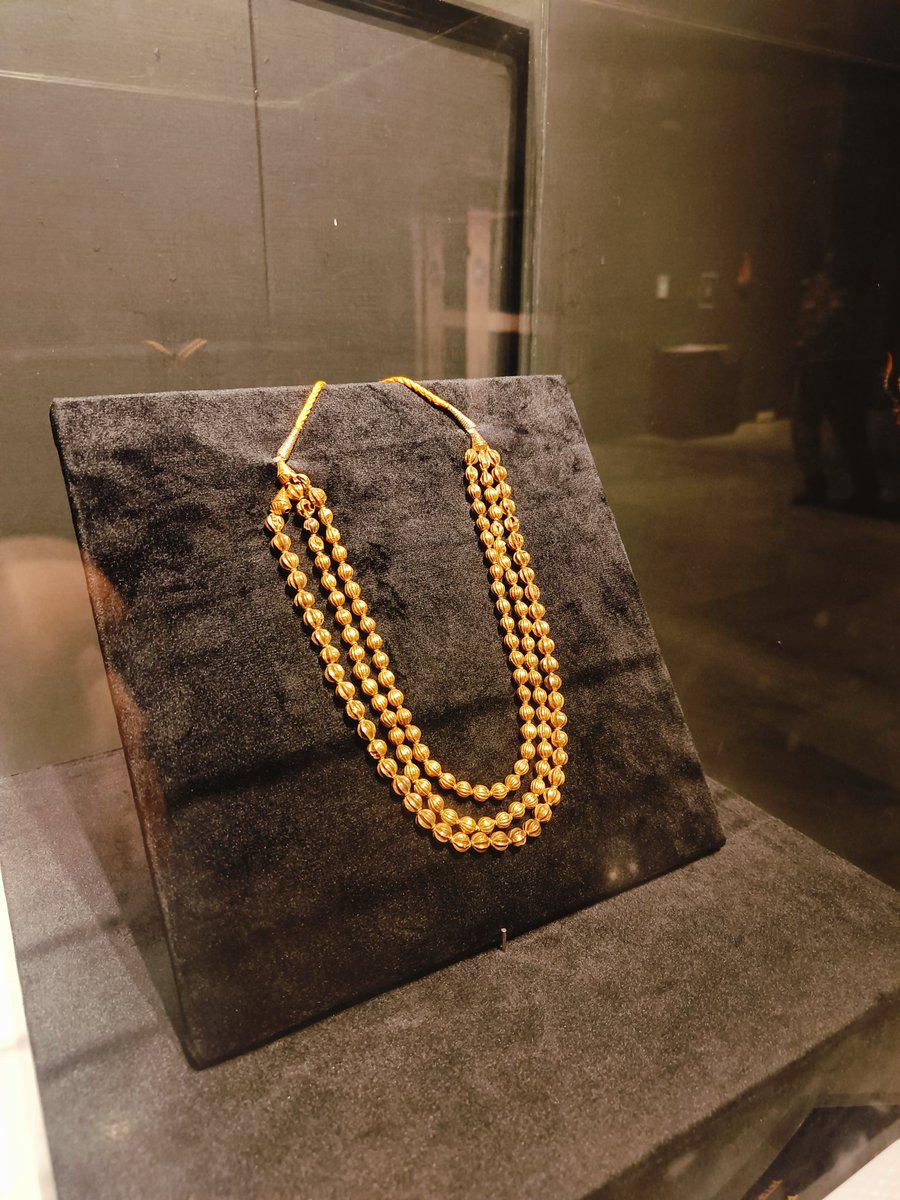There is an Ashokan Rock Edict in the heart of South Delhi.
Read on the interesting story of how the edict was discovered and what it says.

Read on the interesting story of how the edict was discovered and what it says.


The Prakrt edict, written in Bhrahmi, was accidentally discovered in 1966 when a building work was going on. The ASI quickly put it in a cage, and it stayed that way until recently. Kids were playing cricket here. 

The edict was written around 2.5 years after Ashoka's conversion, where he urges people to follow Buddhism. 

The language is not aggressive and has a benign tone, showing Buddhism was not well entrenched in the society yet.
The edict also shows a wheel-like symbol at the bottom. It is made by engraving small circles, which make a four spoke wheel.
The edict also shows a wheel-like symbol at the bottom. It is made by engraving small circles, which make a four spoke wheel.

The four spoke wheel can be an early form of the Dharma Chakra, which later evolved into eight spoke wheel. This could also be a representation of the four noble truths.
Now the question arises, why was there a rock carving there? Why was the spot chosen?
To explain this, one has to go to the history of the Uttar path. The ancient trade route connected eastern port towns to the emporiums of Gamdhra.
Delhi was an offshoot of that route.
To explain this, one has to go to the history of the Uttar path. The ancient trade route connected eastern port towns to the emporiums of Gamdhra.
Delhi was an offshoot of that route.
This must have been a busy route with lots of footfall. That was the reason the edict was commissioned there. The current location of the edict is at an elevation, though it is difficult to say whether the topography was the same during Ashoka's time.
The @ASIGoI has built a beautiful ramp to access the edict and the edict itself is now encased in glass. There was a large group of Sri Lankan pilgrims at the site when I visited. They were lighting candles on the rocks nearby. 



• • •
Missing some Tweet in this thread? You can try to
force a refresh














